- 7D Mark II User’s Guide Now Available
- Hooptie Spoonbill Mini-IPT. MAR 7-8: 1 1/2 DAYS
- The Morro Bay, CA Canon Live Learning EOS Destination Workshop
- The Blog is the Bomb!
- Jim Neiger Osprey Heaven and Custom Anytime Workshops
- Used Photography Gear for Sale
- BIRDS AS ART Instructional Photo-Tour (IPT) Info
- South Georgia October 2015
|
The 7D Mark II User’s Guide is now available. You can purchase your copy right now in the BAA Online Store here for $59 |
7D Mark II User’s Guide Now Available
BIRDS AS ART is proud to announce the publication of the long-awaited 7D Mark II User’s Guide. You can purchase your copy right now in the BAA Online Store here for $59. This is the highest priced user’s guide ever, surpassing the 5D II User’s Guide that is priced at $50. Why? I did twice as much work preparing the 7D II Guide. It required many days of writing, many dozens of hours of study and research, not to mention hundreds of hours in the field trying to figure out the best 7D II setting while doing what I love to do best, photographing birds and nature. The camera is quite complex. Many thanks to both Rudy Winston and Chuck Westfall of Canon USA for their help in getting me through the stickiest parts.
The guide contains 23,196 words in 516 paragraphs. There are 24 photos and screen captures interspersed in the main body of the text and a gallery of 23 additional 7D II images that show what the camera is capable of with a variety of lens and lens/TC combinations. We would love your feedback.
The Great Strength of the 7D Mark II User’s Guide
The very great strength of the 7D Mark II User’s Guide is the coverage of the autofocus system. I review in detail all of the items on the five pink AF Menus. Most important of these is the Custom Case setting (at AF 1) that I have developed over time and currently use for all of my bird photography. On the recently concluded Hooptie Deux Spoonbills and more IPT John Johnson of Naples, FL mentioned that he was having trouble producing sharp flight images. I set up my Custom Case on his camera, and within minutes he was amazed at the sharp results that he was getting…. While skill, strength, fine motor control, and superior hand eye coordination are all factors that will influence your success as a flight photographer, you can have all of the preceding in spades but if your camera is not set up properly much of your effort will be in vain….
What Else is in the Guide?
In the 7D Mark II User’s Guide you will learn everything that I know about the important topics listed below, and better yet, I explain the options for each along with my reasons for choosing a specific setting in a specific situation.
5D III exposure fine points
Handling the WHITEs
The top LCD and all camera control buttons
7D Mark III drive modes
How to manually select an AF sensor
Choosing an AF Area Selection Mode; how and why (includes extensive detail)
Moving the AF point or Zone
The creation of in-camera Multiple Exposures and in-camera HDR images (includes extensive detail)
Live View Shooting and AF choices (all new in the 7D II)
Menu Item Access
Coverage of almost all Menu Items and Custom Functions including the following: Image Quality, Auto Lighting Optimizer, Lens aberration corrections settings, Highlight Tone Priority, AF Configuration Tool (as above, this includes details on the custom setting that I use), Acceleration/deceleration tracking, Tracking sensitivity, Lens drive when AF impossible, Orientation linked AF point (I love this feature), Highlight alert, Histogram display–do you know how to access both histograms at once?, Auto rotate, Image Jump, LCD Brightness, Info button display options, Custom Shooting Modes set-up, ISO Safety shift, using the Q button, setting up rear focus, and setting up your My Menu feature (among others).
The guide is–of course–written in my informal, easy-to-follow style.
Please note: Some Menu items are not covered in this guide for one of several reasons:
They deal only with the creation of movies (not covered)
They are irrelevant to nature photography.
After spending hours studying the 7D II Instruction Manual and consulting others I have no clue as to the purpose or the reason for the existence of a given feature.
Though I recommend that the irrelevant and confusing items be left at the default settings, I do, in most cases, I refer you to the relevant page in the 7D II Instruction Manual. If you follow up, it just might turn out that you are a lot smarter than me. In those cases I would love to hear from you via e-mail. So far none of the above have prevented me from creating many spectacular images with my 7D II.
Please note that this guide does not contain a table of contents or an index. To search the document for a given topic simply hit Control F to search. When the Find box pops up, simply type the term that you are looking for into the field and hit Next. This will allow you to find what you are looking for quickly and efficiently.
If you purchase the 7D II UG and it helps you to create better images, please feel free to send no more than two 1200 pixel wide or 900 pixel tall sharpened JPEGs to me via e-mail along with your comments. I will be glad to do a short critique if so requested.
Otherwise, feedback via e-mail or blog comment is always appreciated.
7D Mark II User’s Guide Free Excerpt
The free excerpt below was adapted from the published version of the 7D Mark II User’s Guide. It gives you an idea of the depth of coverage you can expect. From page 48 of the guide under On “AF1: AF config. Tool,” the first pink Menu (with the camera set to P, Tv, Av, or M):
AF point auto switching
Setting this one to 2 allows the camera to switch AF points more quickly if the subject moves dramatically left or right or up or down. Setting it to 0 might be best for highly skilled flight photographers who are able to consistently keep the center AF point on the bird’s face. Though that is not me I have been experimenting here by setting 0, 1, or 2. Note: this setting has no effect if you are using single point—manual selection. I set Case 3 (with my custom settings) for pretty much all of my flight and action photography, heck, for all of my bird photography. Remember: AF point auto switching settings will have no effect when you are in either Single Point or Spot AF.
My custom settings for Case 3, and, in fact, all of my AF settings, have worked beautifully for birds in flight with the EOS-1D X, the 5D Mark III, and most recently, with the 7D Mark II.
Please note that the above does not mean that every flight shot will be razor sharp on the bird’s eye. While many folks will look to blame the camera’s AF system, the problem often lies with the operator. Did you get the AF point on the bird soon enough so that it had time to track? Were you panning smoothly? Did you jerk the lens at some point? There are times when the active AF point is right on the birds’ eye, face, or neck and the image is not sharp for one of the reason’s mentioned immediately above. And at times, there is simply not enough contrast for the system to acquire and track successfully. The white breast or neck of a Snow Goose, especially in soft light is a perfect example of when that problem might pop up. Lastly, as a sort of payback there are many times when the active AF point is nowhere near the subject but the image is razor sharp….
Please note that the above does not mean that every flight shot will be razor sharp on the bird’s eye. While many folks will look to blame the camera’s AF system, the problem often lies with the operator. Did you get the AF point on the bird soon enough so that it had time to track? Were you panning smoothly? Did you jerk the lens at some point? There are times when the active AF point is right on the birds’ eye, face, or neck and the image is not sharp for one of the reason’s mentioned immediately above. And at times, there is simply not enough contrast for the system to acquire and track successfully. The white breast or neck of a Snow Goose, especially in soft light is a perfect example of when that problem might pop up. Lastly, as a sort of payback there are many times when the active AF point is nowhere near the subject but the image is razor sharp….
Hooptie Spoonbill Mini-IPT
Not much time left! Please call us at 863-692-0906 for late registration discount info.
The Hooptie Roseate Spoonbill Mini-IPT announced on Wednesday past has two full slots left. Please call us at 863-692-0906 or e-mail with questions or to check on availability. See the details and prices and the skinny on our morning and Saturday-only rates immediately below.
|
Images courtesy of and copyright Captain James Shadle (aka Froggie). All of the images here were created at Alafia Banks. Card creation and design by Arthur Morris/BIRDS AS ART. |
The Hooptie Deux/Roseate Spoonbill Mini IPT. 1 1/2 DAYs: $1250. SAT MAR 7 (full day) and SUN Morning MAR 8, 2015. Working lunch on Saturday included. Strict Limit: 6 photographers/Openings: 2
Either morning photo session only: $475. Saturday morning photo session plus working lunch: $525. Saturday Full Day: $775.
Two great leaders: Captain James Shadle (Nikon) and Canon Explorer of Light Arthur Morris.
Roseate Spoonbill is one of if not the most sought after avian photographic subjects in Florida. They are generally hard to find and somewhat difficult to approach. They are relatively easy to find at Alafia Banks—heck, you can’t miss seeing them, but even there they can on some days be somewhat difficult to approach. On some days we may be able to get ridiculously close to them. The huge incentive to get out to Alafia Banks in early March is the chance to photograph this species at the height of its spectacular breeding plumage….
Weather permitting there will be three boat trips: 2 mornings and 1 afternoons. Mornings at Alafia Banks for spoonbills and Brown Pelicans (with lots of flight photography with the birds likely carrying nesting material), cormorants, ibises (both Glossy and White in breeding plumage. Many of the White Ibises will be sporting their spectacular, distended, red, naked (un-feathered) throat pouches—typically larger in the females. In addition we will get to photograph egrets including Great and Reddish, both in full breeding plumage, shorebirds, and more. There will be lots of flight photography opportunities. The afternoon trip will be either to Alafia Banks for spoonbills and more or to a more sheltered inland rookery location for a variety of nesting birds. In the event of horrific weather artie will either take the group to Fort DeSoto or will conduct an image review/Photoshop session. This IPT includes one working lunch.
Important Notes
We stay in Brandon, FL for this IPT. From our hotel it is only about 20 minutes to the dock. The plan is for all sessions to be by boat. For the Alafia Banks segments, Captain Shadle provides light weight chest waders as much of the photography will be done while we are standing in fairly shallow water behind our tripods. We help you get in and out of the boat with your gear. This is likely not the best trip for folks with balance problems. Note however that some folks may opt to stay on the boat. They always have lots of good chances for flight photography of spoonbills and other species but are almost always pretty far away from the spoonbills that land.
This mini Hooptie IPT represents an incredible opportunity. We hope that you can join us. Scroll down for registration info.
|
All of the images here were created at Alafia Banks early in the season. Images copyright Arthur Morris/BIRDS AS ART. Card creation and design by Arthur Morris/BIRDS AS ART. |
Hooptie Mini-IPT Registration Info
Payment in full for this short notice trip is of course due upon registration. Call the office at 863-692-0906 to arrange to send us a check for payment in full (preferred) or to put the whole thing on a credit card. If by check, it should be made out to “Arthur Morris” and be mailed to BIRDS AS ART, PO Box 7245, Indian Lake Estates, FL 33855. If you cancel and the trip fills, we will be glad to apply a credit applicable to a future IPT for the full amount less a $100 processing fee.
However you arrange for payment, please print, complete, and sign the form that is linked to here and shoot it to us along with the paperwork. If you have any questions, please feel free to contact me via e-mail.
|
Morro Bay offers a wealth of very attractive natural history subjects in a variety of attractive settings. Do consider joining me there on the March 20-22, 2015 Canon Destination Workshop. Complete info and register here |
BIRDS AS ART Morro Bay, CA Canon Live Learning EOS Destination Workshop
March 20-22, 2015: $1050
Borrow great Canon gear. Head home with a print or two. Learn from the best.
Click here for complete info or to register.
Click here to see the course agenda.
Join me in one of the most beautiful and scenic places on the planet to photograph a large variety of birds of the sea and shore. The star of the show will be the spectacular Long-billed Curlew. There will be lots of Marbled Godwits and Willets as well as lots of the smaller shorebird species. Black Oystercatcher is likely and we should get to photograph large flocks of Western Sandpipers in flight over the bay; with any luck we should enjoy some great sunrise and sunset photography. There are lots of gulls including Western, California, and Mew. There is one good location where we should get to photograph Western, Clarke’s, Eared, and Pied-billed Grebe, Lesser Scaup, and Common Loon–you will be able to borrow a long lens from Canon along with various camera bodies. We may get to photograph some passerines including Anna’s Hummingbird, Brewer’s Blackbird, and White-crowned Sparrow. And we have a chance for several species of raptors. Yikes, I almost forgot California Poppy. And California Ground Squirrel. Sea Otters are also possible.
Folks who register after seeing this notice are asked to shoot me a copy of their BIRDS AS ART Morro Bay Registration Confirmation via e-mail.
See lots more Morro Bay images here.
The Blog is the Bomb!
Readership on the blog is at record levels for good reason. I have been putting 15-20 or more hours each week into the blog to ensure that it remains informative, timely, and beautiful. Recent posts have included detailed info on the latest gear, most notably the 100-400 II and the Canon EOS 7D Mark II.
Most of the educational features that formerly appeared in BAA Bulletins now grace the BAA Blog. If you are not subscribed, you are missing a ton of great stuff daily. You can (and should!) subscribe to the blog posts by clicking here. If you have a problem subscribing, please contact us e-mail.
If you doubt me or have been missing out, click here and scroll down.
The recent “Another Info-packed, Can’t Miss Blog Post: A Single Image Answers Canon 7D II Low Light & 100-400mm II and/or 70-200mm Questions” proved to be hugely popular with about 4,000 views. If you missed it, you can read it here.
|
Osprey landing with fish. Image copyright 2013: Jim Neiger/Flight School Photography |
Jim Neiger’s Osprey Heaven Workshops 2015
Lake Blue Cypress (Vero Beach), Florida
Flight School Photography returns to Lake Blue Cypress for the sixth year and will be featuring three, five day workshops in spring, 2015. The workshops will be conducted by expert bird photographer Jim Neiger, who knows the lake and surrounding area like no-one else. Jim has spent the past several years perfecting his unique techniques for photographing birds in flight using large telephoto lenses, hand held. The focus of these workshops will be learning Jim’s hand held, long lens techniques for photographing birds in flight and in other action. The workshops will be held in some of the most beautiful, wild, and unspoiled wilderness areas of central Florida.
Each workshop will include a four hour classroom session, welcome dinner, four morning photography sessions, and three afternoon photography sessions. Each photography session will be of three to four hours in duration. Five of the photography sessions will be conducted via a specially configured pontoon boat that has been customized for photography from the water (weather permitting). The remaining photography sessions will be land based sessions in the field. The workshops will be limited to five participants so that everyone may photograph in comfort and receive personalized instruction.
The photography sessions by boat will be held on the unspoiled and unparalleled Lake Blue Cypress. This spectacularly beautiful lake is virtually free of civilization and man made elements. The lake is surrounded by ancient cypress swamp and marshy wetlands. Here, the gorgeous cypress trees grow from the lake bottom, surrounded on all sides by water. Osprey nest by the hundreds in these trees, and participants will be able to photograph them as the fly to and fro, dive for fish, gather nesting materials, and feed their young chicks. Some of the nests are actually at or below eye level when standing in the boat. The only distractions in this pristine, wilderness environment are the constant cries of the Osprey as they frolic in the air and defend their nests from other birds.
|
These are artie’s images from Lake Blue Cypress trips with Jim Neiger. |
Lake Blue Cypress is also a landscape photographers dream. The horizons contain nothing of man’s influence and only the beauty of the real Florida wilderness. Perches and backgrounds are spectacular beyond belief. April and May are the best months to be at Lake Blue Cypress. Many of the birds are actively nesting and rearing their young during this time. Wildflowers cover the stumps and trees like blankets of radiant color. The skies glow with spectacular, multi-hued sunrises and sunsets. Hundreds of different species of birds are possible including the typical Florida waders and water fowl. Large Alligators are commonly seen sunning themselves on top of the fallen trees and stumps amidst the colorful wildflowers. The biggest problem for a photographer here is deciding which subject to photograph. Even the weather cooperates at this time of year. It is the dry season and clear, sunny days are the most common weather condition.
The photography sessions on land will be held in remote areas of southern Osceola County. Here, participants are likely to have opportunities to photograph birds that are endangered and rarely seen. Possible species include: Whooping Crane, Swallow-tailed Kite, Great Horned Owl, Barred Owl, and Red-Shouldered Hawk among others. Sandhill Cranes, a common bird in Central Florida, are tame enough to approach as closely as you like. Participants will also learn how to safely use bird song recordings to attract birds. Jim has developed his own, innovative techniques for using recordings to attract birds, in such a way, that amazing photographic opportunities are common when they would be almost impossible otherwise. This includes special techniques that encourage birds to fly and land as desired; this can provide spectacular opportunities for both flight and perched images (with the perches being selected for their beauty).
Jim consistently produces amazing flight images. His imagination and dedication have resulted in his developing many new techniques, techniques that can only be learned from Jim. His Flight School Photography Workshops are a must for any serious nature photographer.
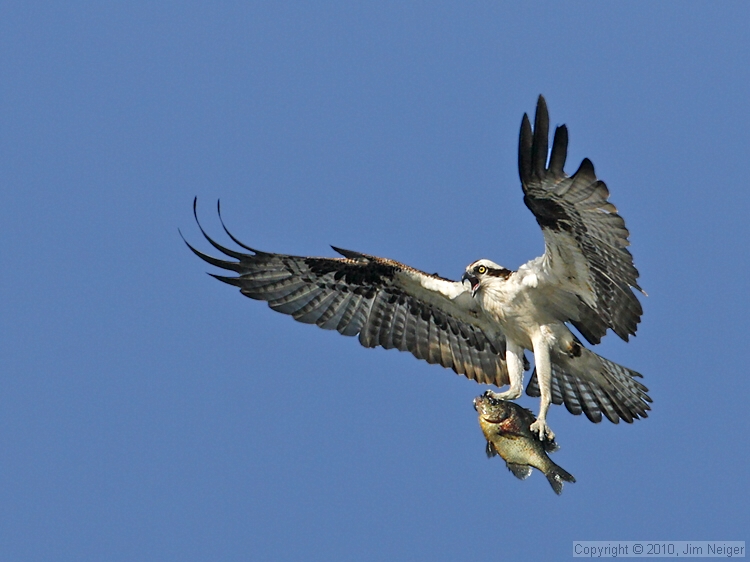
|
|
Osprey landing with bream. Image copyright 2013: Jim Neiger/Flight School Photography |
Workshop Dates
Workshop LBC-1: March 16-20, 2015/1 opening.
Workshop LBC-2: April 13-17, 2015/3 openings.
Workshop LBC-2: April 20-24, 2015/4 openings
Note: you can set up an Osprey Custom Workshop any time from March 10 through April 30 when Jim does not have a LBC workshop scheduled. Custom workshops before March 10 will be held at various locations south of Orlando.
Workshop Costs and Payment
The cost of each workshop is $1750 per person. Each workshop includes a four hour formal classroom instruction session, a welcome dinner, 4 morning photography sessions, and 3 afternoon photography sessions. The photography sessions include personalized instruction in the field. Each participant will receive a copy of Jim’s e-book “Flight Plan – How to Photograph Birds in Flight” when they sign up for the workshop. Discounted lodging is available, but is not included in the workshop fee. A $875 non-refundable deposit is required to reserve a spot in a workshop. The remaining $875 is due 30 days before the start date of the workshop. If you are unable to attend the workshop, after paying the balance, the balance payment will be refunded ONLY if your spot can be filled, on short notice, from the waiting list. All workshop payments must be made by check or money order. Credit cards are not accepted.
Participant Requirements
Participants should have working knowledge of how to create a properly exposed image, a telephoto lens of 400mm or more (300mm with a teleconverter is acceptable), and be physically capable of holding their camera and lens up to their eye in shooting position for at least 20 seconds. Participants must also have a vehicle to travel to and from the photography locations.
Lodging and Logistics
Workshop participants who require lodging during the workshop should stay at the hotel in Vero Beach where the classroom sessions will be conducted. Participants arriving via air arrive at the Orlando International Airport, which is the closest major airport to Vero Beach. Rental vehicles are available at the airport. Flight School Photography will assist participants with arranging the sharing of vehicles and/or lodging if desired. Detailed information will be provided when you sign up for the workshop or upon request. Lodging, transportation, and meals (except for welcome dinner) are not included.
Learn more here. View Jim’s incredible image gallery here. And see some of artie’s images here.
|
Great Horned Owl being harassed by Fish Crow. BBC Honored image copyright: Jim Neiger/Flight School Photography |
Flight School Custom Anytime Workshops
Flight School Photography offers private, customized workshops, September thru May, in some of the most beautiful, wild, and unspoiled areas of central Florida. Your instructor and guide, Jim Neiger, has spent several years observing, studying, and photographing the varied birds near his home in central Florida and knows this avian rich area like no one else. If you prefer, Jim will travel to a location selected by you to provide personal instruction.
These individual or small group workshops are tailored exclusively to the participants’ interests, goals, and schedule. Workshops are conducted by boat, on land, or a combination of both. Personalized instruction lets you make the most of your time. The workshops can range from a single half-day workshop to multi-day or week-long workshops. Snacks and drinks are provided during every workshop session.
You have the following options: scheduling a private, individual custom workshop; putting together a small group of photographers for a customized workshop; or having Jim travel to your location to provide a custom workshop. You can also choose the species you wish to focus on and/or the topics you would like to learn more about. Jim’s experience in the central Florida area allows him to locate the most sought after species in settings and conditions that are optimal for photography.
|
Jim’s Custom Workshops offer a great variety of desirable subjects. |
Custom Workshops by Boat
Jim’s pontoon boat was purchased and customized specifically for use during photography workshops. It is roomy, comfortable, and stable. The boat is equipped with an extremely quiet, four-stroke motor for silent cruising. It also has a powerful, silent, electric trolling motor with wireless remote control. This allows Jim to position the boat precisely and silently. The boat has a capacity of twelve people, but Jim limits the number of participants to five or less so that everyone has room to photograph in comfort. The boat can be configured with no top, a half canopy to provide shelter from sun and rain, or with a half enclosure that can completely protect participants from the elements. Using the boat allows close access to some of the most difficult and desirable subjects in North America. Many of the images of these subjects in their wetland habitat would not be possible from land.
Note: you can set up an Osprey Custom Workshop any time from March 10 through April 30 when Jim does not have a LBC workshop scheduled.
Custom Workshops on Land
Land-based sessions are held in a number of wild and remote locations of central Florida. Jim has spent several years learning the out-of-the-way wilderness areas in the region. He has also written a best selling guide to photographing birds in central Florida. The variety of birds in the area is astounding, and Jim knows where to find them and how best to photograph them. Participants will need to provide their own vehicle for the land-based workshops, unless there is only 1 photographer.
Both land and boat workshops are likely to provide participants with opportunities to photograph birds that are uncommon and rarely seen. Possible subjects include: Crested Caracara, Sandhill Cranes, Whooping Cranes, Barred and Great Horned Owls, Bald Eagles, Osprey, Snail Kites, Red-Shouldered Hawks, Red Cockaded Woodpeckers, Pileated Woodpeckers, Limpkins, Ibis, Wood Storks, Purple Gallinules, various wading birds, warblers, sparrows, and many others too numerous to list.
Custom Workshop Instruction
Custom workshops may also include personalized, in-the-field instruction; formal classroom instruction; or an introductory slide presentation, if desired. Topics may include instruction devoted to learning or practicing:
· Jim’s unique handheld techniques for photographing birds in flight using long telephoto lenses.
· Jim’s unique techniques for using recordings safely to attract and photograph birds successfully
· Making proper exposures working in manual exposure mode
· Other nature photography topics of your choice
Learn more about Jim’s Flight School Custom Anytime Workshops here. See the spectacular image gallery here. See the custom workshop rates here.
Contact Information
Contact Information: Jim Neiger, Flight School Photography, Inc. 550 Basin Drive, Kissimmee, FL 34744-4804
Cell phone: (407) 247-5200. e-mail.
Flight School website.
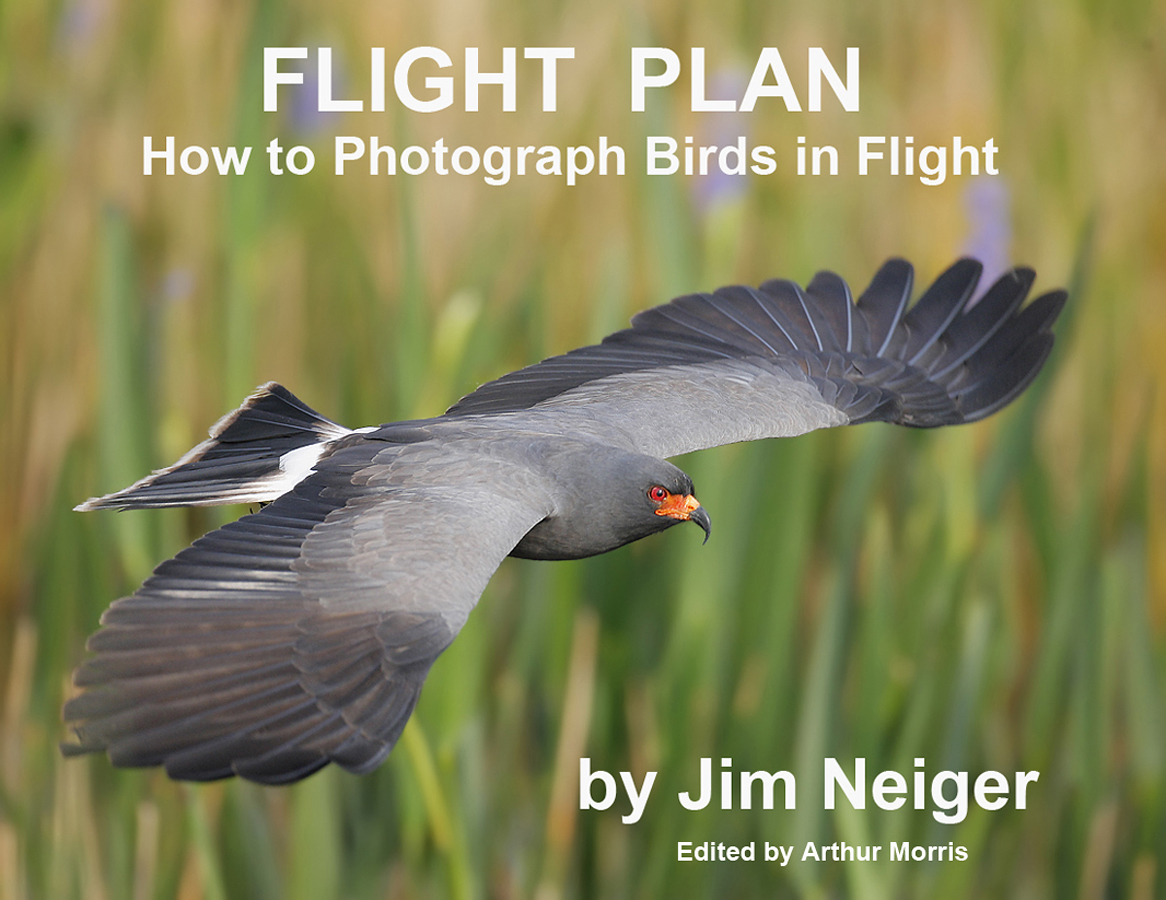
|
Flight Plan
I can say without a doubt that after spending more than two months (part time) editing Jim Neiger’s great e-Guide, Flight Plan, that my flight photography has improved by leaps and bound whether I am working off a tripod or hand holding. His explanation of the bumping the focus technique finally sunk in. Learning to use this technique regularly is a huge help for any all types of flight photography.
You can learn more about Flight Plan here or order a copy by clicking here.
Bob Hollowell’s Flight Plan Comments
I just wanted to send kudos to both you and Jim Neiger for the excellent E-book that you referenced in a recent BAA blog post. I immediately purchased a copy, and have finished my first read and will now read it a second time just to make sure I’m ready to take it to the field. My favorite haunt is Squaw Creek NWLR and I’ve stumbled & fumbled with flight photos using both tripod & monopod as support for my Canon 7D, and just can’t seem to come up with real sharp photos using that method. Jim’s text is well written, and really puts flight photography in a whole new perspective for me. I’m 76 years old, and I’m sure I’ll have to experiment with the handholding methodology a bit, but I’m excited at the prospect of applying Jim’s methods.
Thanks again… Bob H.
Used Photography Gear for Sale
There are lots of great used lenses and camera bodies for sale at affordable if not record low prices. And several more will be posted soon. You can see the complete current listings or learn about selling your used gear here
BIRDS AS ART Instructional Photo-Tours
Most BAA IPTs are sold out. We still have a single opening on the UK Puffins and Gannets IPT and there is room on both of the 2014 Bosque IPTs, both of those with two great leaders, Denise Ippolito and yours truly. See complete details by scrolling down here.
South Georgia October 2015
Do consider joining me in South Georgia next October for the trip of a lifetime. Click here for complete details.
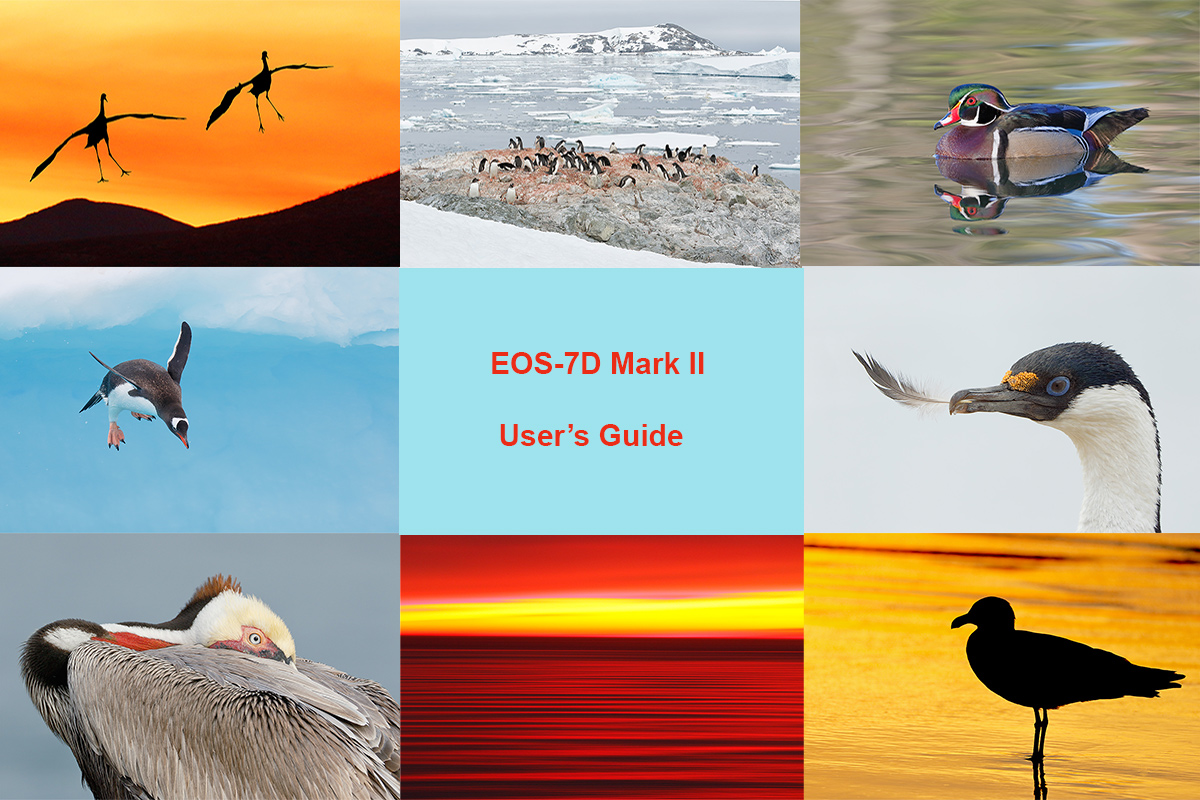
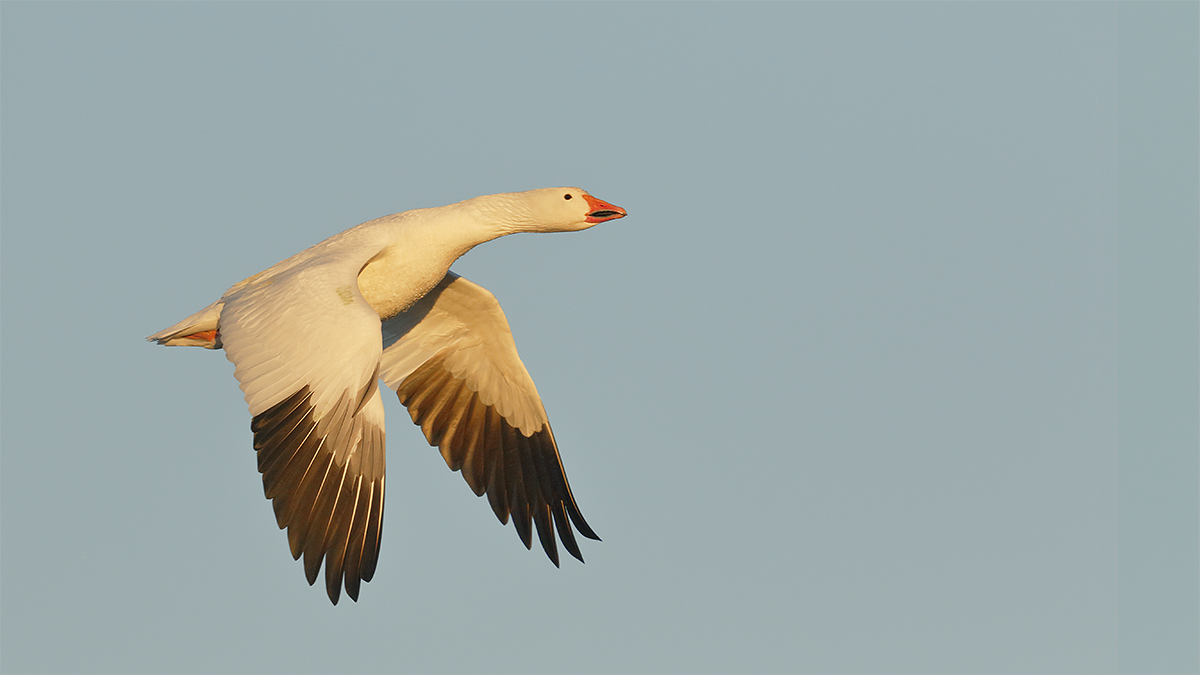
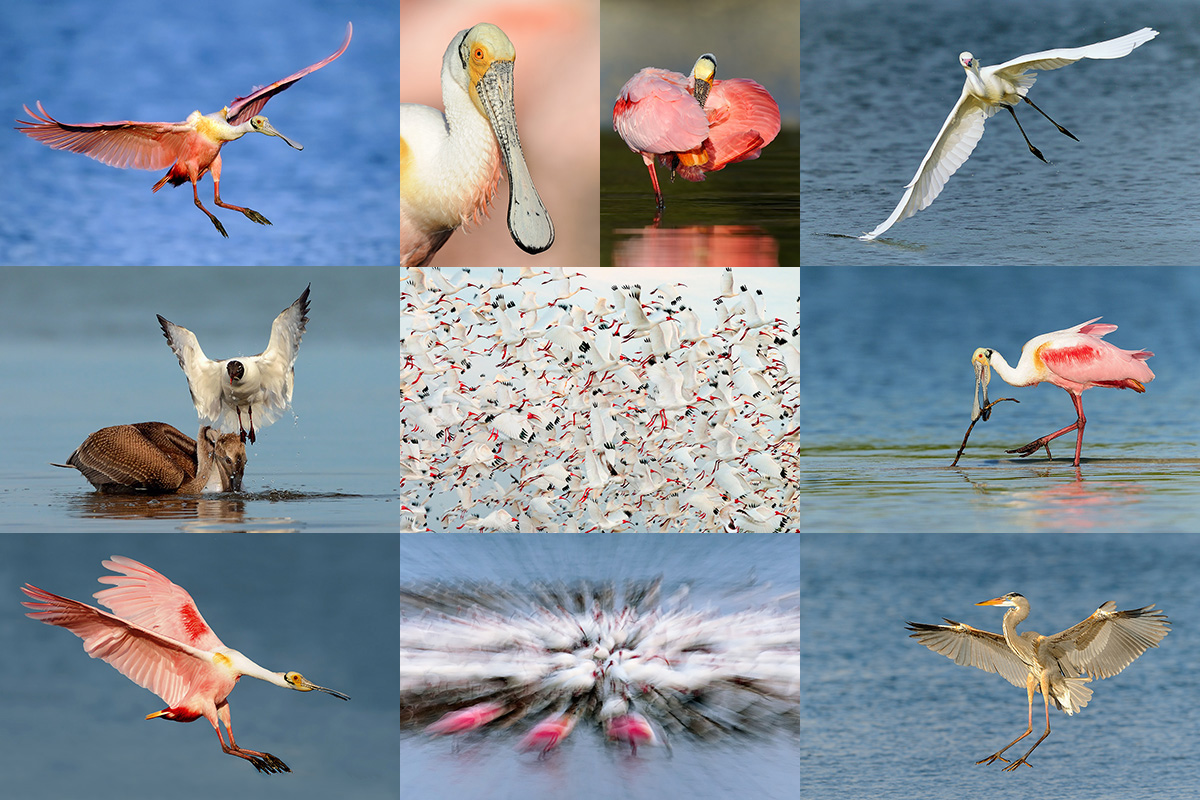
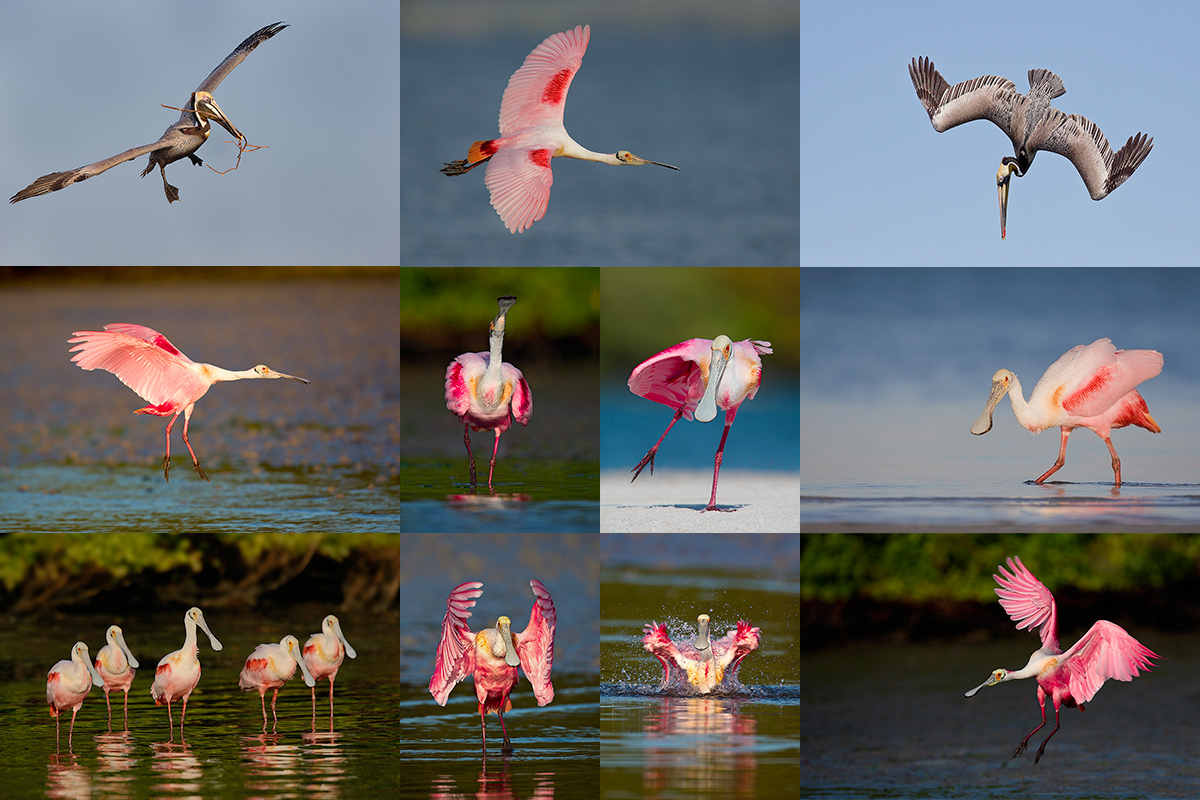
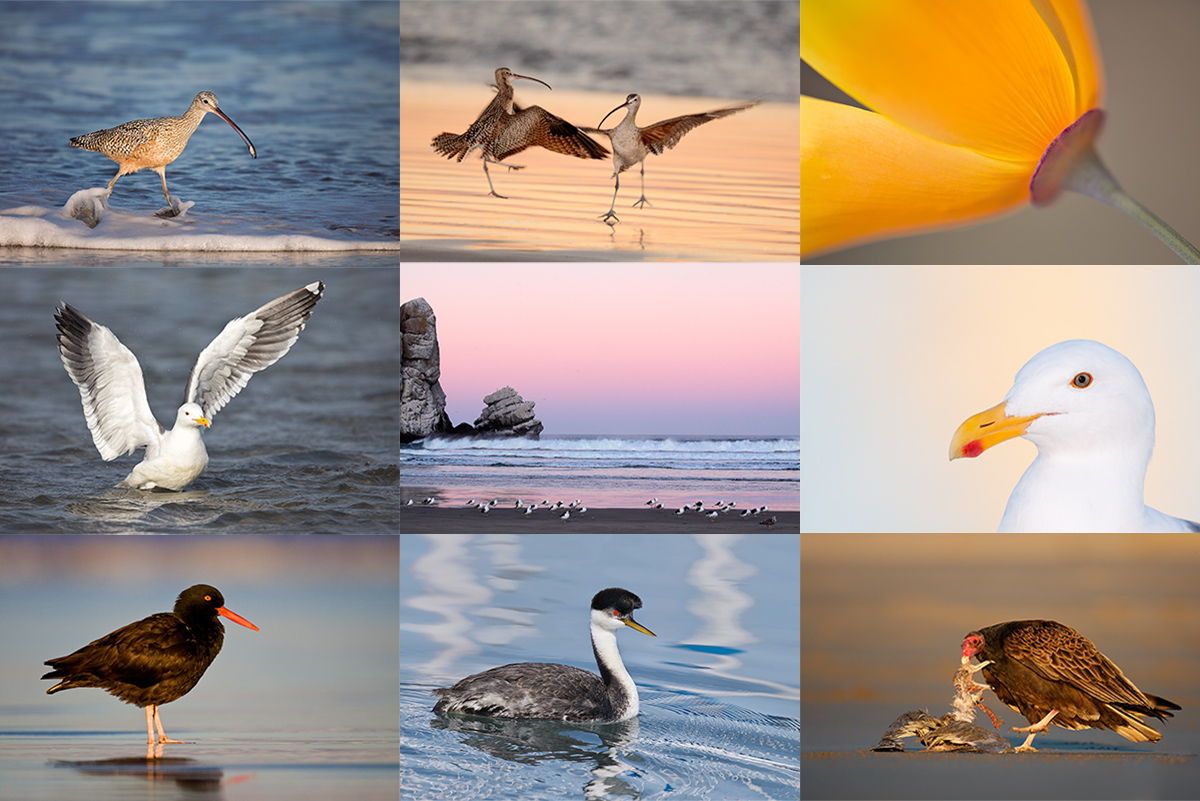
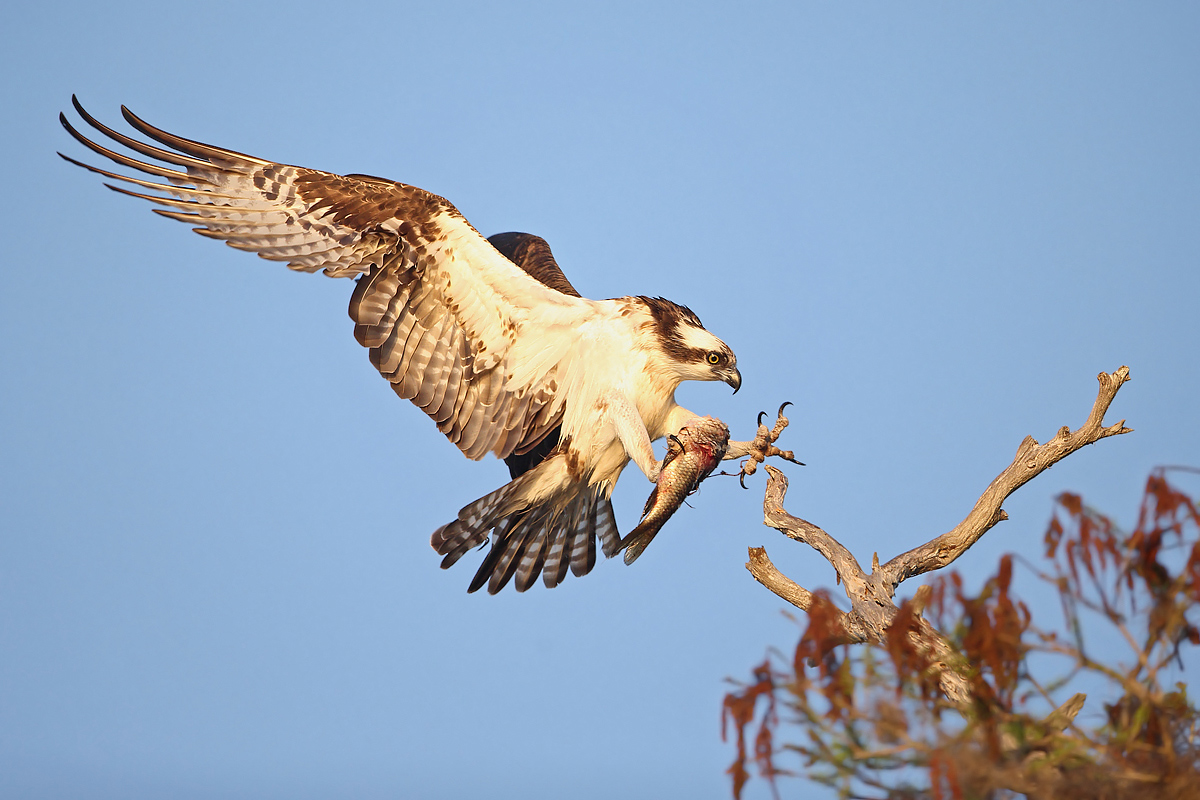
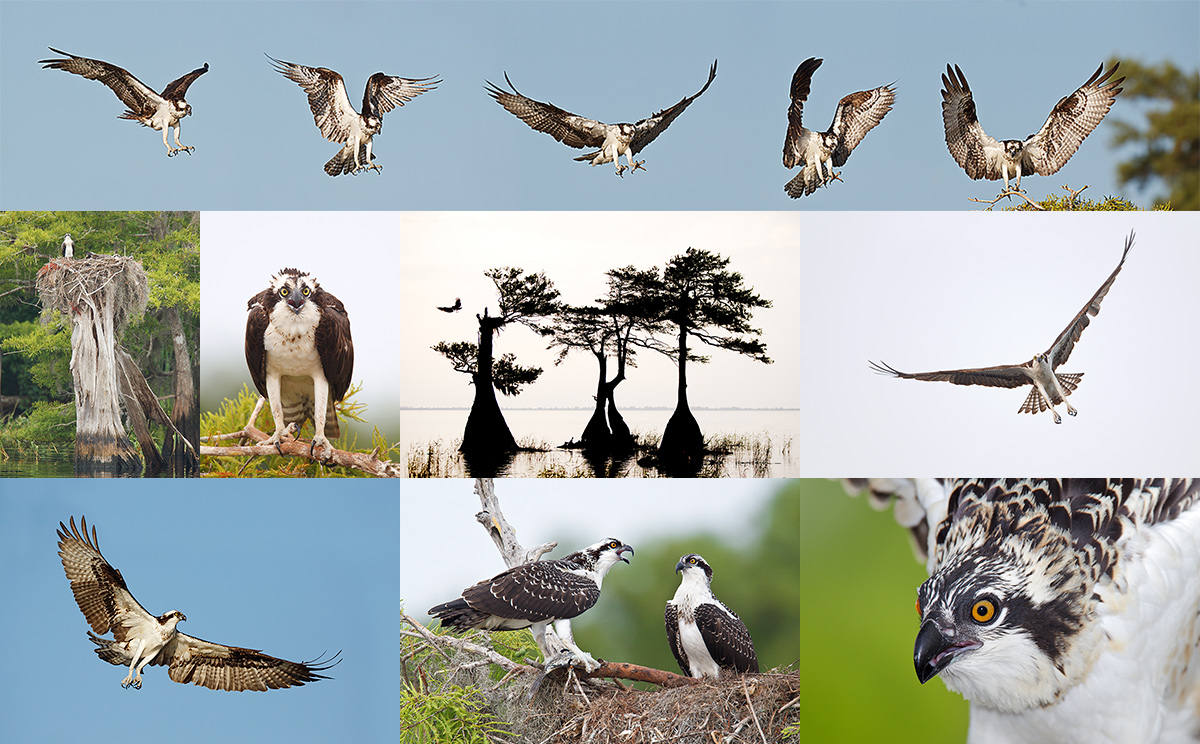
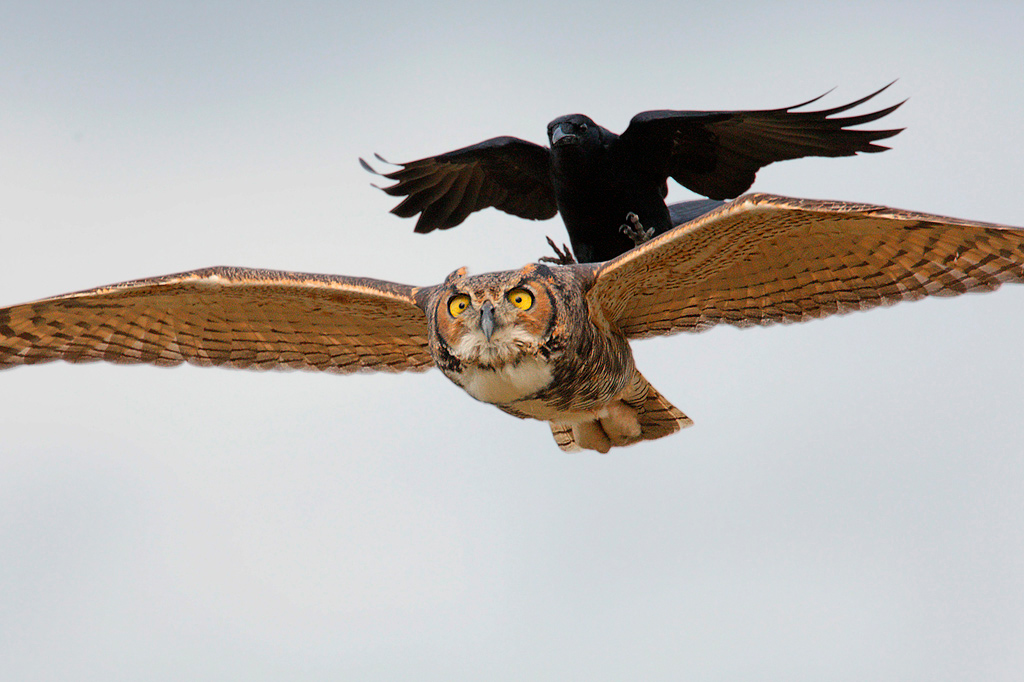
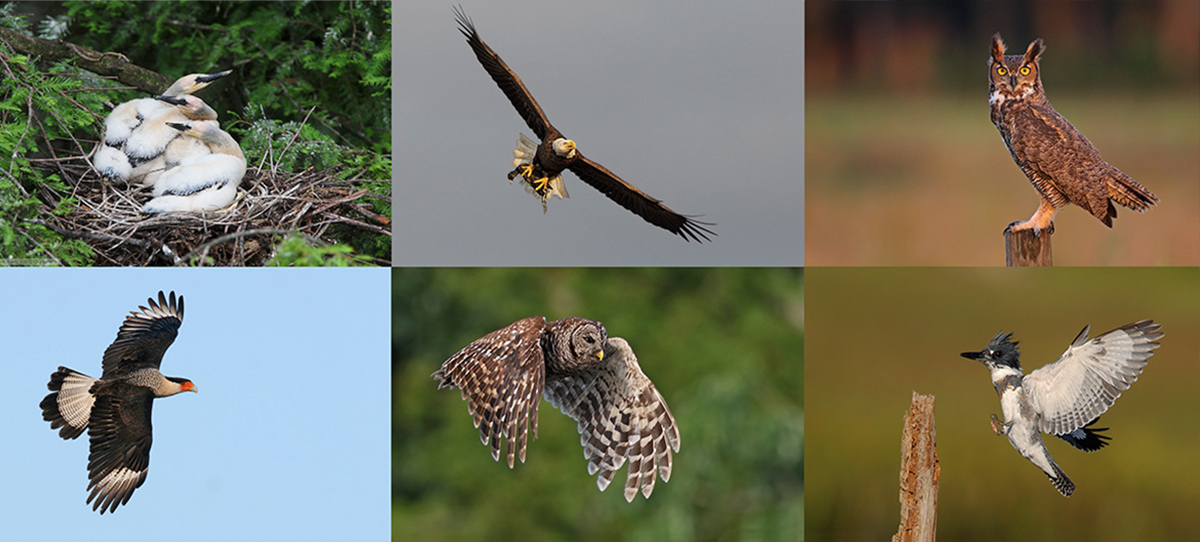
Hi Artie,
I watched your instructional You-Tube videos on bird photography, (many times) great job!! Do you prefer to use the back button focus method for BIF?
Hi Ken, I did for years but no longer. You need to subscribe to the blog. See two flight images in today’s post: both shutter button AF 🙂
a
Artie,
I have a 5D mark III and the 5D mark III users guide.
Regards,
Richard
Hi Richard,
Thanks. You know the correct settings for the first two parameters from the 5D III Guide Now read the info above on the 3rd parameter, decide what might be best for you, and you are all set.
later and love, artie
Hi Artie,
Would you please tell me what your custom settings for Case 3 are? The 5D III user’s guide is somewhat inconclusive on this subject.
Regards,
Richard
For which camera? Which User’s Guide do you own? Which camera? artie
Typos in the 7D MK II section
Reference to 7D MK II and 5D MK III
Please be more specific so that I can fix them 🙂 thanks, artie